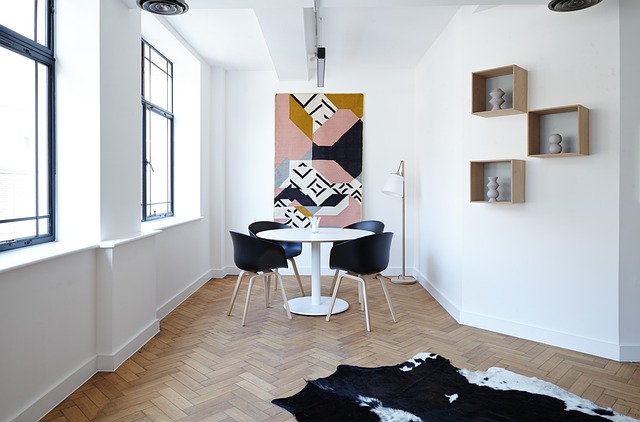Tiny houses have achieved immense popularity in recent years because they propose a minimalist and sustainable way of living. These compact homes are not only environmentally friendly but also foster a simpler lifestyle.

If you’re considering designing your own tiny house, then you’re at the right place. However, it’s compulsory to approach the process thoughtfully and systematically. By the end, you’ll learn the key steps to get started designing your tiny house.
Tiny houses are generally compact, efficient, and cozy homes that propose a unique way of living. They are organized to make the most out of limited space, authorizing you to focus on what truly matters in life. Tiny house living allows you to live a more sustainable and eco-friendly lifestyle.
Steps for designing a tiny house
Here are some steps to get started:
-
Set a budget
Tiny houses can be a cost-effective housing solution, but it’s crucial to establish a realistic budget early on. Consider not only the construction costs but also ongoing expenses like maintenance, utilities, and land expenses. Explore the costs associated with various design elements, materials, and appliances to confirm that your budget aligns with your financial capabilities. Remember that there are different approaches to constructing tiny houses, from DIY builds to engaging professionals. Each has its cost implications, so decide which approach fits your budget and skill level.
-
Choose a location
Selecting the right location for your tiny house is a crucial decision. It will impact the design, regulations, and overall feasibility of your project. Depending on your goals, you can choose to construct a tiny house on a portion of land or transform an existing structure into a tiny house like a shipping container or a backyard shed. Inspect the local zoning laws, building codes, and regulations to confirm your chosen location complies with legal requirements.
-
Designing
Tiny house living is all about maximizing the usage of space. Invest in space-saving furniture that serves manifold purposes, such as a sofa that transforms into a bed or a dining table with storage options. Pick compact, energy-efficient appliances to save space and lower energy consumption. Maximize natural light with large windows and skylights to form a sense of openness. Whether it’s a home office or a compact kitchen, tailor your design to your specific needs and lifestyle.
-
Sustainability and eco-friendly
One of the attractive aspects of tiny house living is its possibility for sustainability. Designing your tiny house with eco-friendly features can not only diminish environmental impact but also cut long-term costs. Consider installing solar panels to generate your electricity and eliminate reliance on the grid. Invest in high-quality insulation to lower energy consumption for heating and cooling. Collect reclaimed or recycled materials and design your tiny house with them to reduce waste and foster sustainability.
-
Engage a professional
The next decision you’ll need to make is whether to design and build your tiny house yourself or work with professionals. Doing it on your own can be more budget-friendly, as you can save on labor costs but engaging a professional for your project is compulsory. Architects, builders, and contractors bring professional knowledge and experience to the project which reduces the risk of costly mistakes. One more advantage is that professionals can complete the project more quickly and efficiently. Your choice will depend on your budget, available time, and construction skills.
-
Select the right material
Choosing the right materials and finishes is a compulsory part of the design process. Consider factors like durability, aesthetics, and sustainability when selecting materials for your tiny house. Take the contractor with you to select these materials because they understand which material is durable or long-lasting. Think about the exterior cladding, roofing, and insulation to shield your tiny house from the elements. Whenever possible, pick materials that are eco-friendly and have a low environmental impact. Select flooring, wall treatments, and paint colors that align with your aesthetic preferences.
-
Build and assemble
Once your design is finalized, it’s time to start building your tiny house. This phase can be both challenging and rewarding. If you’re doing everything on your own without the assistance of professionals, get ready for a lot of hard work, patience, and perseverance. Depending on your choice of location, you’ll need to create a solid foundation. Construct the walls, roof, and any lofts according to your plan. Install your plumbing and electrical systems and confirm that they are properly connected and functional.
After all this procedure, it’s time to shift into your tiny house and relish the returns on your investment. Living in a tiny house proposes numerous benefits, which include decreased environmental impact, simplified living, and financial savings. With this right design and planning as noted by My ADU, your tiny house can be a cozy and inspiring place to call home.